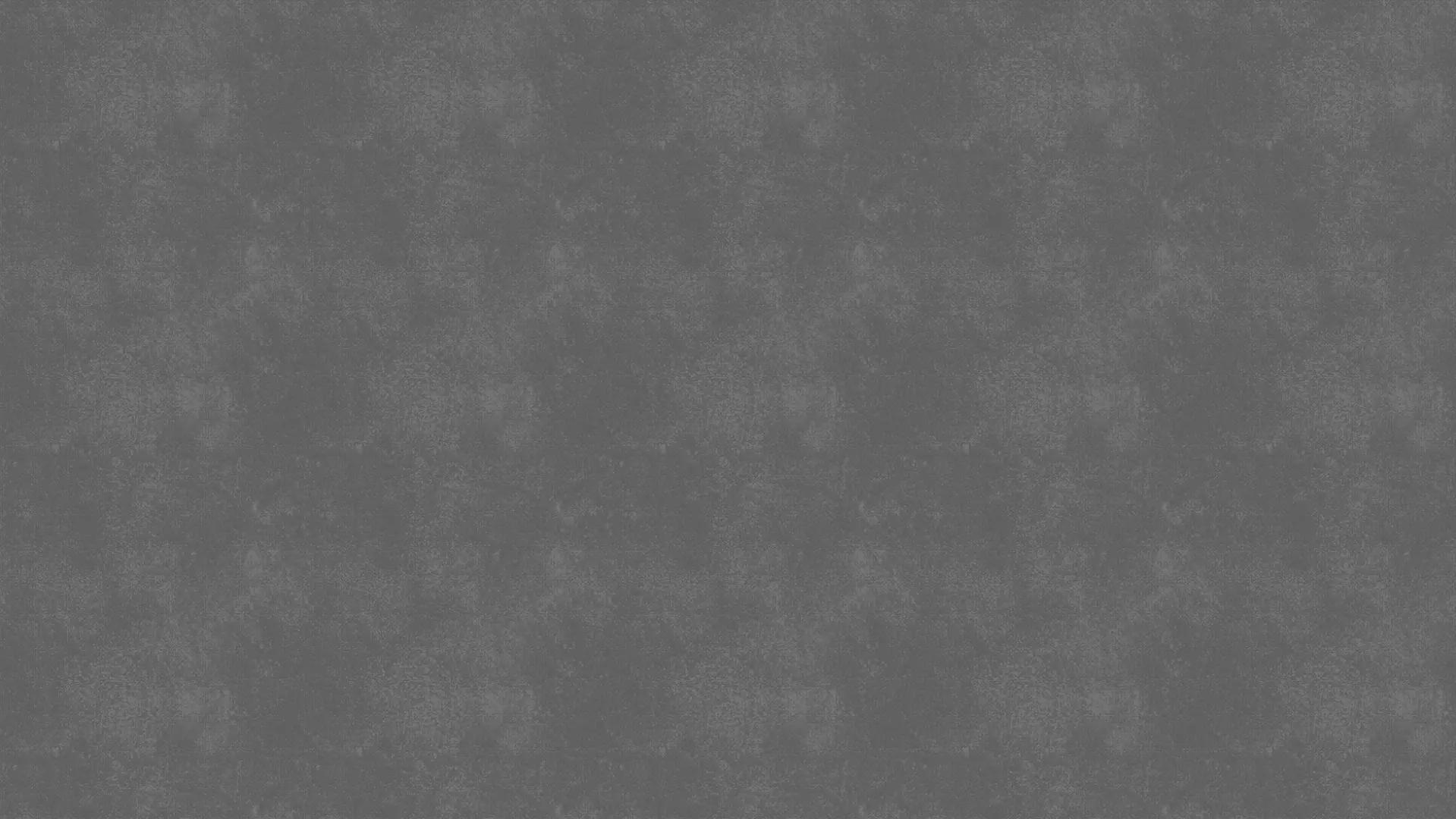How Houseplants Can Increase Humidity and Lead to Moisture Issues in Your Home
Houseplants add life and beauty to your home, but did you know they can also contribute to indoor humidity problems? While they improve air quality and create a welcoming atmosphere, they release moisture into the air through transpiration, potentially leading to excess humidity. Over time, this can cause condensation, mold growth, and even structural damage—especially in basements and crawl spaces. If you notice dampness, musty odors, or water damage, it might be time to consider solutions like basement waterproofing, encapsulation, or a dehumidifier.
humidity problems? While they improve air quality and create a welcoming atmosphere, they release moisture into the air through transpiration, potentially leading to excess humidity. Over time, this can cause condensation, mold growth, and even structural damage—especially in basements and crawl spaces. If you notice dampness, musty odors, or water damage, it might be time to consider solutions like basement waterproofing, encapsulation, or a dehumidifier.
How Do Plants Increase Humidity?
Plants naturally release moisture through their leaves as part of their growth process. This process, called transpiration, can help regulate air quality, but too much moisture in an enclosed space can cause serious issues. Homes with many plants—especially high-water-use varieties like ferns, peace lilies, and rubber plants—may experience increased humidity levels. Without proper ventilation, excess moisture can build up, leading to condensation on walls, windows, and furniture.
Signs That Humidity Is Becoming a Problem
If you love having plants in your home but are unsure if they’re contributing to moisture issues, here are some warning signs:
- Foggy windows or condensation on surfaces
- Musty odors in certain areas
- Peeling paint or wallpaper
- Warped wood flooring or furniture
- Mold or mildew growth, especially in basements or crawl spaces
The Risks of Excess Moisture in Your Home
High humidity isn’t just an inconvenience—it can cause real damage over time. Excess moisture encourages mold growth, which affects indoor air quality and can lead to health issues like allergies and respiratory problems. It can also weaken wooden structures, attract pests, and make your home feel uncomfortable. If left unchecked, it can lead to costly repairs and structural damage.
Solutions for Managing Humidity and Protecting Your Home
If you’re noticing excess moisture, here are steps to maintain a balanced indoor environment:
Basements are the most vulnerable to humidity issues, so waterproofing is an effective way to prevent moisture problems. Installing a WaterGuard® interior drainage system and a TripleSafe™ sump pump can help manage water intrusion and keep your basement dry year-round.
If you have a crawl space, encapsulation with a vapor barrier can prevent moisture from seeping in from the ground, reducing overall humidity levels. This helps prevent mold growth and structural damage while improving air quality.
3. Dehumidifiers for Long-Term Control
Using a high-performance dehumidifier, like the SaniDry Sedona, effectively controls humidity levels, preventing condensation, mold, and musty odors.
At Systèmes Sous-sol Québec, we specialize in basement waterproofing, crawl space encapsulation, and humidity control solutions. Contact us today for a free inspection—we’ll help keep your home dry and comfortable!

